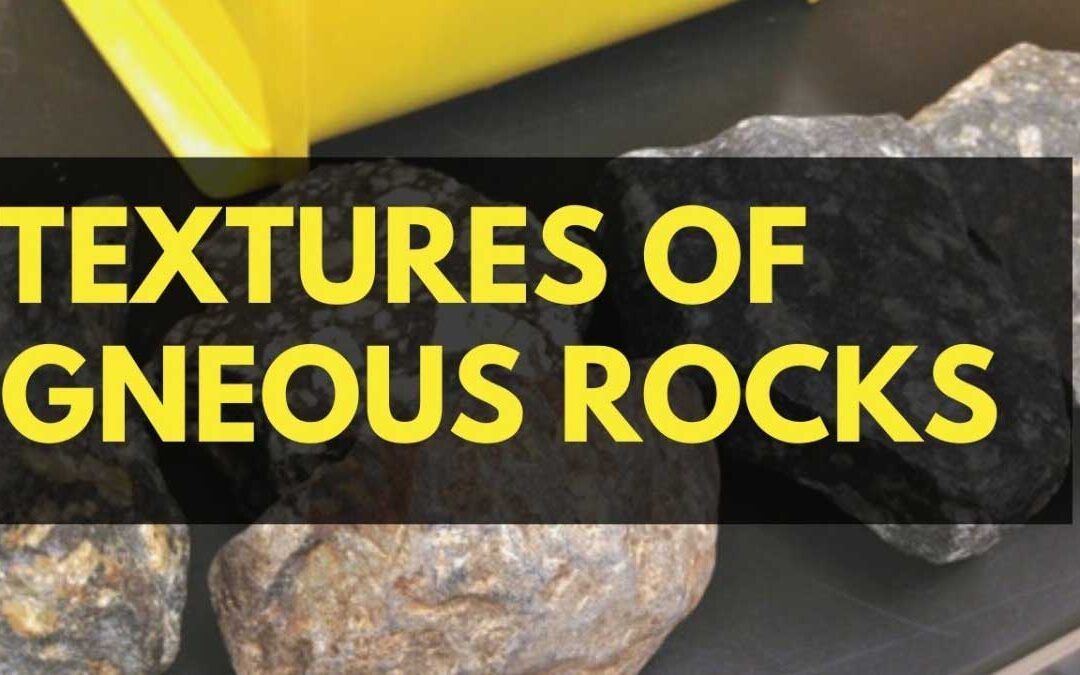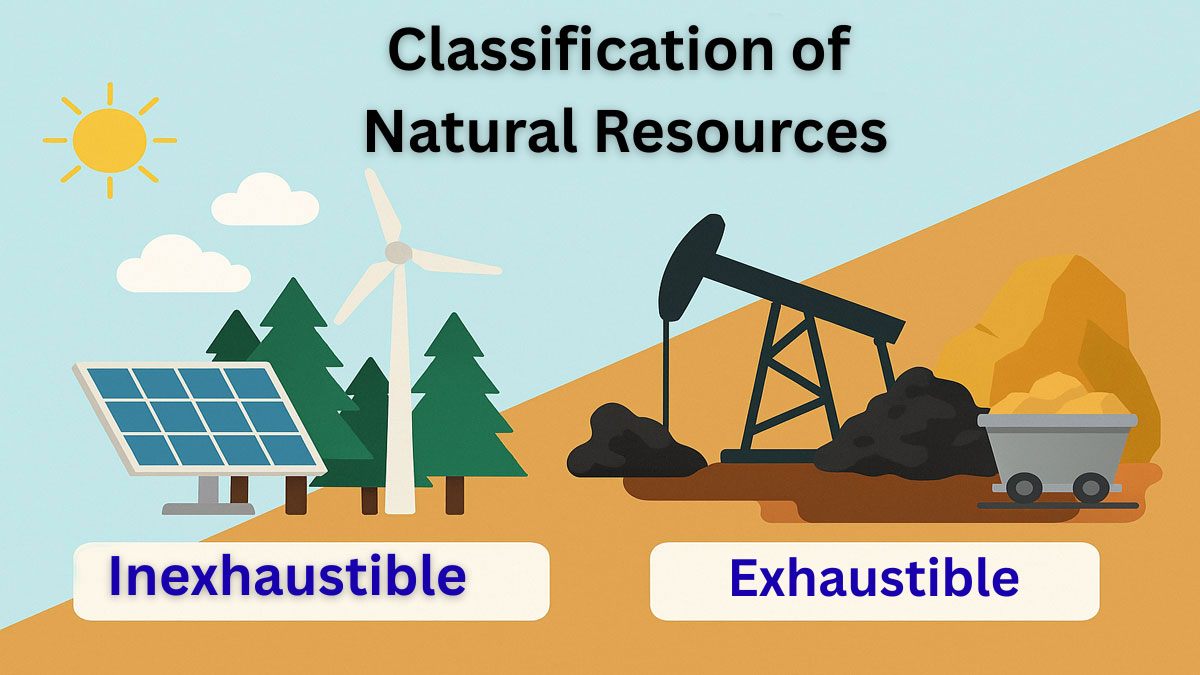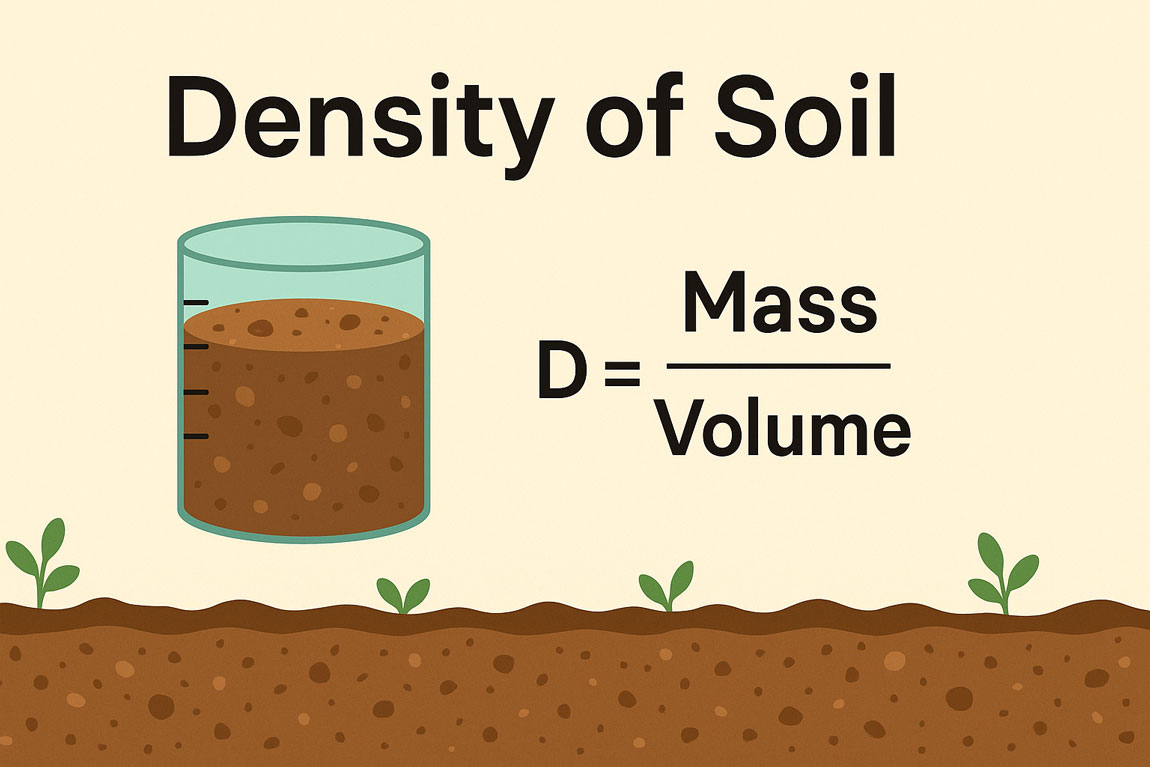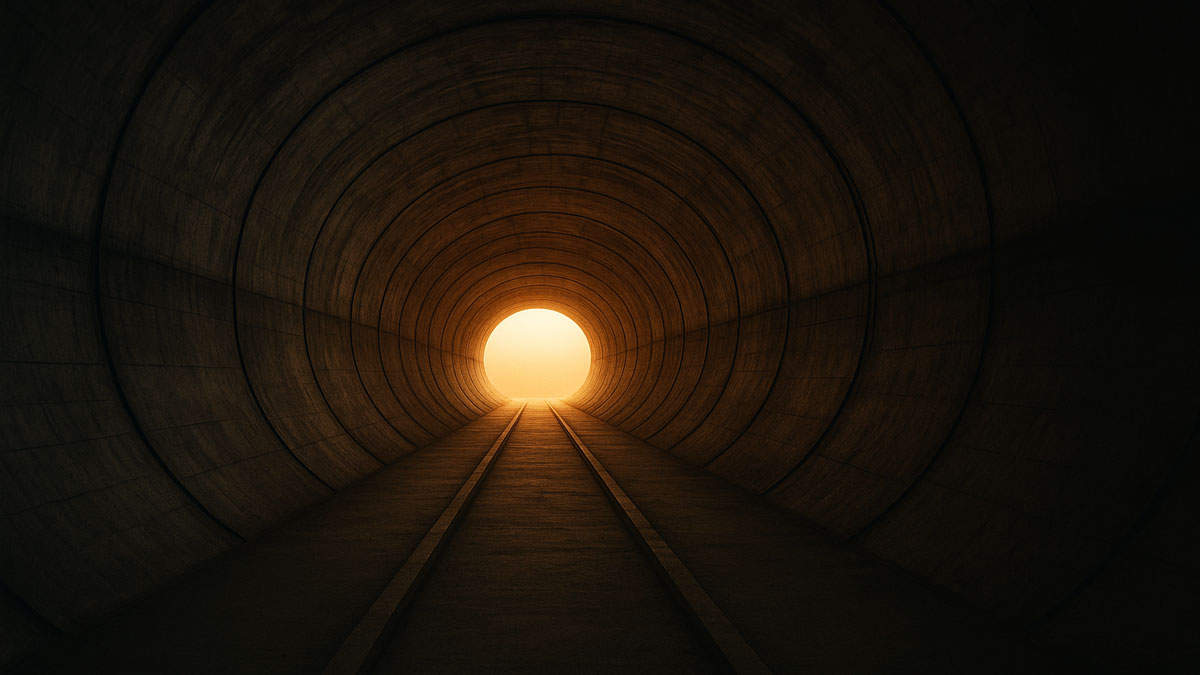The textures of igneous rock define their crystallinity, grain size, and crystal relations, reflecting their cooling history and formation conditions.
Various types of textures of igneous rock:
(A) Crystallinity:
Defines the degree of crystallization.
Holocrystalline:
Rocks composed entirely of crystal. Example: Granite, Granodiorite.
Hemi crystalline:
Rocks composed of partly crystal and partly glass. Example: Rhyolite, Dacite.
Holohyaline:
Rocks composed entirely of glass. Example: Obsidian, Pitchstone.
(B) Granularity:
Refers to the visibility of grains (crystals) to the aided or unaided eye and the absolute size of crystals.
Phaneritic:
- Grains or crystals can be distinguished by the naked eye.
- Coarse-Grained: crystal diameter > 5mm
- Medium Grained: crystal diameter 1mm to 5mm
- Fine-Grained: crystal diameter < 1mm
Aphanitic:
- Grains or crystals, other than phenocrysts, are too fine to be distinguished by the naked eye.
- Microcrystalline: crystals can be identified in thin sections with a petrogenic microscope.
- Cryptocrystalline: crystals are too small to be identified even with the petrogenic microscope.
Vitric/Glassy:
- Non-crystalline, some crystallites may be present.
(C) Crystal Shapes:
- Based on the development of crystal faces, terms are Euhedral, Subhedral, and Anhedral
- Based on the dimension of the crystals, terms are equant, lamellar, prismatic, etc.
(D) Mutual Relations of Crystal/Fabric:
Mutual relations of crystals and glassy materials give rise to various textures. Some of these are:
Equi granular Texture:
The grains are roughly uniform in size. Depending on the shape of the crystals, three types are identified for plutonic rock:
- Pan idiomorphic: Most of the grains are Euhedral.
- Hy idiomorphic: Most of the grains are Subhedral.
- Allotriomorphic: Most of the grains are Anhedral.
Terms used for the grained volcanic rocks are:
- Microgranite: Subhedral to anhedral microcrystalline crystals.
- Felsitic: Almost cryptocrystalline aggregates
Inequigranular Texture:
Where there is a sharp contrast in grain size, three major types of Equi granular texture are identified.
Porphyritic:
Describes a rock known as porphyry in which large crystals (phenocrysts) are surrounded by fine-grained crystals (groundmass matrix). Glomerophyritic is a variety of porphyritic texture in which the phenocrysts are clustered
Poikilitic:
Relatively large crystals of one mineral enclose numerous smaller crystals of one or more other minerals.
Ophitic texture is one where laths of plagioclase are enclosed in crystals of pyroxene or olivine.
Seriate:
Show a continuous range of size.
Intertidal texture:
Develops when the angular interstices between plagioclase laths are occupied by one or more other minerals. If pyroxene and/or olivine occupy the interstices, it is called intergranular texture and when the interstices filled by cryptocrystalline or glassy materials, it is called interstitial texture.
Direct/Flow texture:
Flow in magma or lava during crystallization may result in alignment of crystal. When laths of feldspar are in a subparallel arrangement, it is called trachytic texture. A similar texture involving more blocky and prismatic mineral is called trachytóid texture.






